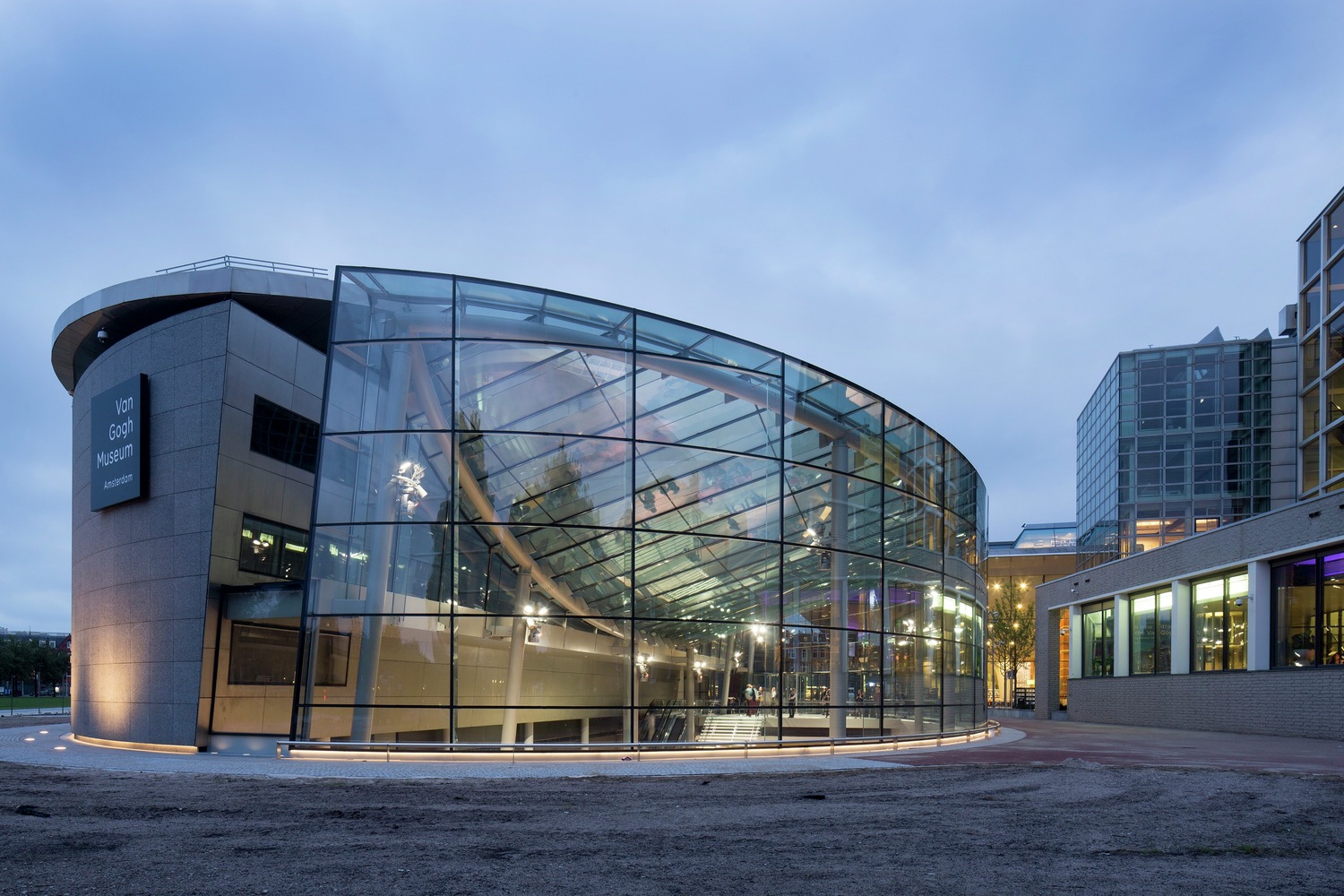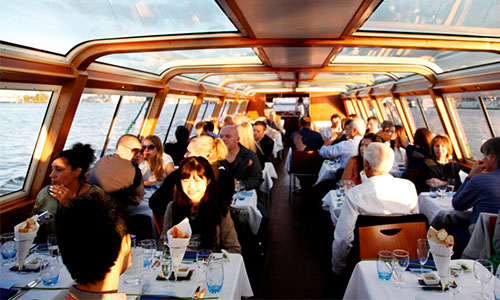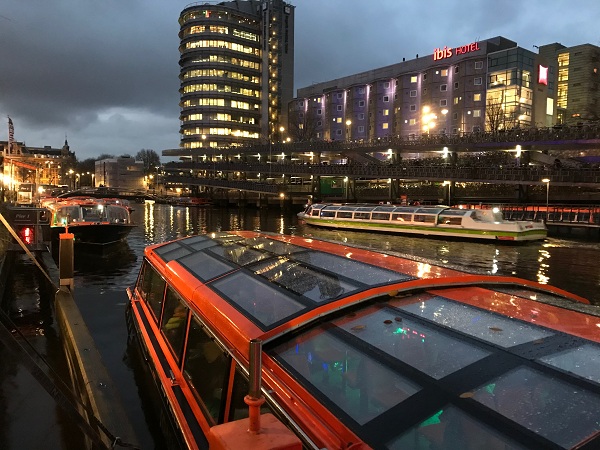Grand Tour of Western Europe: Netherlands, Belgium, France, Luxembourg, Switzerland, and Germany
This comprehensive travel guide details a classic Western European circuit, a journey through the heart of the continent that showcases a remarkable density of history, culture, and breathtaking natural scenery. The itinerary connects major cosmopolitan hubs with charming towns and alpine wonders, offering a rich and varied experience for any traveler. The route typically begins and ends in the major transport hub of Frankfurt, Germany.
1. Itinerary Overview and Logistics
The proposed route forms a loop through six countries:
Germany -> Netherlands -> Belgium -> France -> Luxembourg -> Switzerland -> Germany. The most efficient and flexible way to undertake this journey is by train or by rental car. Europe's extensive and reliable rail network, including high-speed services like the TGV and ICE, makes train travel a stress-free option, especially between major cities. A Eurail Pass can offer significant savings for such a multi-country trip. For those preferring the freedom to explore off-the-beaten-path locations, a rental car is ideal, with well-maintained autobahns and scenic routes throughout.
Best Time to Travel: Late spring (May-June) and early autumn (September-October) offer pleasant weather, fewer crowds, and beautiful landscapes. Summer (July-August) is peak season with higher prices and larger crowds, but it's ideal for alpine hiking in Switzerland. Winter offers Christmas markets and skiing opportunities.
Currency: The Euro (€) is used in the Netherlands, Belgium, France, Luxembourg, and Germany. Switzerland uses the Swiss Franc (CHF).
Languages: Dutch (Netherlands), French and Dutch (Belgium), French (France, W. Switzerland), German (Germany, E. Switzerland), Luxembourgish (Luxembourg). English is widely spoken in tourist areas.
Accommodation Tip: Book accommodations well in advance, especially in popular cities like Amsterdam, Paris, and Interlaken, and during peak seasons. Consider a mix of city hotels, guesthouses (Gasthäuser in Germany), and traditional Swiss chalets for a varied experience.
2. Germany: Frankfurt am Main (Start/End Point)
Frankfurt is Germany's financial capital and a major transportation hub, making it the logical start and end point for this tour.
Attractions: Explore the reconstructed Römerberg, the city's historic square with its charming half-timbered houses. Visit the Städel Museum for a world-class art collection. For panoramic views, head to the main observation deck of the Main Tower. A stroll along the river Main through the Museumsufer (Museum Embankment) is highly recommended.
Food & Drink: Do not leave without trying Apfelwein (apple wine) in a traditional apple wine tavern in the Sachsenhausen district. Pair it with local specialties like Handkäs mit Musik (a sour milk cheese) or Frankfurter Würstchen.
Transportation: Frankfurt Airport (FRA) is one of Europe's busiest. The city has an excellent public transport system (U-Bahn, S-Bahn, trams). The central train station (Hauptbahnhof) is a key node for national and international rail travel.
3. Netherlands: Amsterdam
From Frankfurt, a direct train or a few hours' drive north brings you to the vibrant and picturesque capital of the Netherlands.
Attractions: A canal cruise is the quintessential Amsterdam experience. Visit the Anne Frank House (book tickets months in advance), the Rijksmuseum (home to Rembrandt's Night Watch), and the Van Gogh Museum. Explore the Jordaan district for its quaint streets and cafes.
Food & Drink: Sample Stamppot (mashed potato with vegetables), Poffertjes (mini pancakes), and raw herring from a street vendor. Dutch cheese, particularly Gouda and Edam, is a must-try.
Cultural Insight: Amsterdam is known for its tolerant and liberal culture. Bicycles are the king of the road; always be aware of dedicated bike lanes when walking.
4. Belgium: Brussels
A short train ride south from Amsterdam leads to Brussels, the bustling capital of Belgium and the de facto capital of the European Union.
Attractions: Marvel at the Grand-Place, a UNESCO World Heritage site and one of the most beautiful squares in the world. See the iconic Manneken Pis statue. Explore the comic book culture at the Belgian Comic Strip Center and indulge in art at the Magritte Museum.
Food & Drink: Belgium is a foodie paradise. Enjoy frites (fries) with a variety of sauces, decadent waffles, and over a thousand varieties of beer. Don't miss the opportunity to try moules-frites (mussels and fries) and high-quality Belgian chocolate.
Transportation: Brussels is well-connected by train to other major Belgian cities like Bruges and Ghent, which make excellent day trips.
5. France: Paris
From Brussels, a high-speed Thalys train whisks you to the "City of Light," Paris, in under 1.5 hours.
Attractions: The list is endless: ascend the Eiffel Tower, explore the art at the Louvre (home to the Mona Lisa), stroll down the Champs-Élysées to the Arc de Triomphe, and admire the Gothic architecture of Notre-Dame Cathedral. The neighborhoods of Montmartre and Le Marais offer unique charms.
Food & Drink: Start your day with a croissant and coffee at a sidewalk café. Enjoy a classic steak-frites, delicate macarons from Ladurée or Pierre Hermé, and sample wines from across France. A dinner cruise on the Seine is a memorable experience.
Accommodation Tip: Stay in arrondissements (districts) like Saint-Germain-des-Prés, Le Marais, or near the Eiffel Tower for a central location with easy access to major sites.
6. Luxembourg: Luxembourg City
A short journey east from Paris brings you to the Grand Duchy of Luxembourg, a small but wealthy nation known for its dramatic topography.
Attractions: Explore the UNESCO-listed Old Town and fortifications. Walk across the Pont Adolphe and descend into the Grund district, a beautiful neighborhood in the river valley below the city. The Bock Casemates are a network of underground tunnels and galleries that are fascinating to explore.
Food & Drink: Luxembourgish cuisine has German and French influences. Try Judd mat Gaardebounen (smoked pork neck with broad beans), Gromperekichelcher (potato fritters), and pastries from local bakeries.
Cultural Insight: Luxembourg is a trilingual country where Luxembourgish, French, and German are all official languages. It's one of the world's few grand duchies.
7. Switzerland: The Alpine Heartland
The journey now enters its most scenic phase: Switzerland. The route from Luxembourg leads back into Germany briefly before descending into the Swiss Alps.
Zurich
Switzerland's largest city is a global banking hub with a beautifully preserved Old Town.
Attractions: Stroll along the upscale Bahnhofstrasse, explore the cobblestone lanes of the Altstadt (Old Town) on both sides of the Limmat River, and visit the Fraumünster church to see its famous Chagall windows.
Swiss Villages & Scenic Journeys
The true magic of Switzerland lies in its smaller towns and villages, often accessed via world-famous train rides.
"Swiss Village" (e.g., Grindelwald or Wengen): Nestled in the Bernese Oberland, these car-free or car-reduced villages offer direct access to hiking trails, cable cars like the one to Männlichen or First, and stunning views of the Eiger North Face.
The GoldenPass Line: A scenic train journey connecting Lucerne to Montreux via Interlaken and Zweisimmen, offering diverse landscapes from towering mountains to gentle vineyards.
Interlaken
Situated between Lake Thun and Lake Brienz, Interlaken is a popular base for exploring the Jungfrau region.
Attractions: It's a gateway for adventures like hiking, paragliding, and taking cogwheel trains to Jungfraujoch - Top of Europe. A cruise on either Lake Thun or Lake Brienz is highly scenic.
Lucerne
A postcard-perfect city on Lake Lucerne with a stunning mountain backdrop.
Attractions: Walk across the iconic, 14th-century Chapel Bridge (Kapellbrücke). Explore the well-preserved Musegg Wall. A boat trip on Lake Lucerne is essential. It is also the gateway for excursions to nearby Mount Pilatus or Mount Rigi.
Food & Drink: Try traditional Swiss dishes like Fondue (melted cheese dip) or Rösti (fried grated potatoes). Swiss chocolate is, of course, world-renowned.
The Swiss Capital: Bern
A UNESCO World Heritage site, Bern's Old Town is characterized by its arcaded walkways, fountains, and the Zytglogge medieval clock tower.
The Swiss Riviera: Lausanne & Montreux
Situated on the shores of Lake Geneva (Lac Léman), these towns enjoy a milder climate.
Lausanne: A vibrant city home to the International Olympic Committee and the Olympic Museum.
Montreux: Famous for its jazz festival and the beautiful Chillon Castle, a medieval fortress on the lake.
The Rhine Falls: Schaffhausen
A detour north to Schaffhausen in Switzerland brings you to Europe's most powerful waterfall, the Rhine Falls. Boat trips take visitors close to the roaring cascades.
8. Germany Return: Stuttgart & Cologne
The route heads back into Germany from Switzerland.
Stuttgart
The capital of Baden-Württemberg is synonymous with the automotive industry.
Attractions: Car enthusiasts must visit the Mercedes-Benz Museum and Porsche Museum. The Wilhelma Zoo and Botanical Garden is also a major attraction.
Cologne (Köln)
A historic city on the Rhine River, famous for its colossal cathedral.
Attractions: The Cologne Cathedral (Kölner Dom) is a Gothic masterpiece and a UNESCO site. Climb its south tower for spectacular views. Cross the Hohenzollern Bridge, famous for its "love locks." Explore the Roman-Germanic Museum and enjoy the vibrant atmosphere in the Old Town.
Food & Drink: Cologne's signature beer is Kölsch, a light ale served in tall, thin 0.2-liter glasses. Pair it with local dishes like Himmel un Ääd (black pudding with mashed potatoes and apple sauce).
9. Conclusion: Returning to Frankfurt
The final leg from Cologne to Frankfurt is a short train ride or drive on Germany's autobahn. This grand tour encapsulates the incredible diversity of Western Europe—from Dutch canals and Belgian chocolates to French art, Luxembourgish valleys, Swiss alpine peaks, and German cathedrals—providing a lifetime of memories from a single, unforgettable journey.
10. Essential Practical Tips
Schengen Area: All countries on this itinerary are part of the Schengen Area, meaning no border controls when traveling between them for most passport holders. Ensure your passport is valid for at least six months beyond your planned departure date.
The Swiss Travel Pass: If focusing heavily on Switzerland, this pass offers unlimited travel on consecutive days across trains, buses, and boats, plus free entry to many museums and up to 50% discount on most mountain railways.
Tipping: Service charges are usually included in bills. However, it is customary to round up the bill or leave small change (5-10%) in restaurants as a gesture of appreciation.
Shopping & VAT Refunds: Non-EU residents can often claim a VAT (Value Added Tax) refund on purchases made in EU countries (Netherlands, Belgium, France, Luxembourg, Germany). Keep your receipts and ask for a tax-free form at the store.



